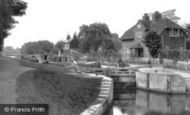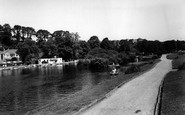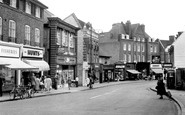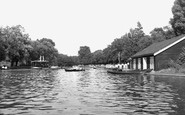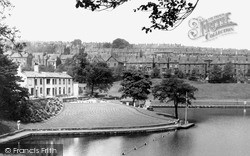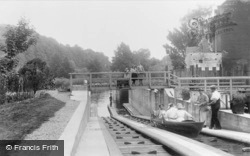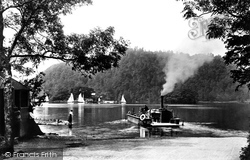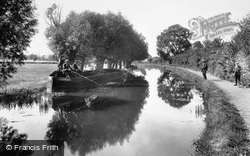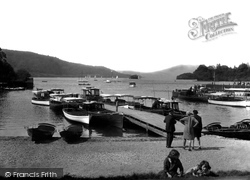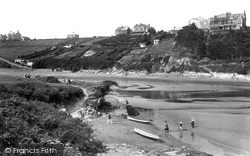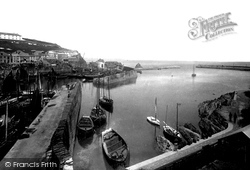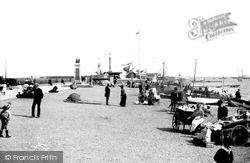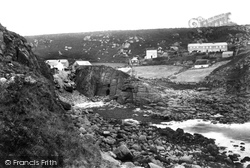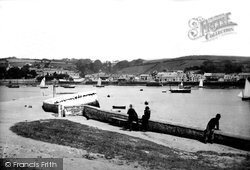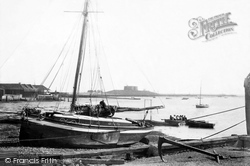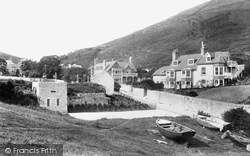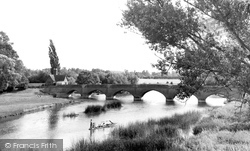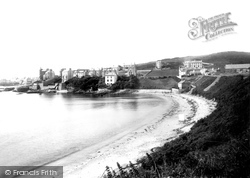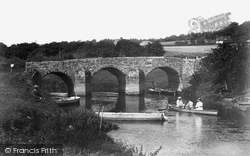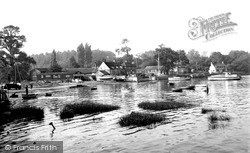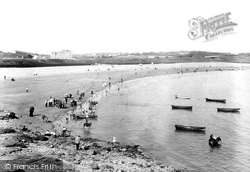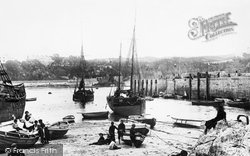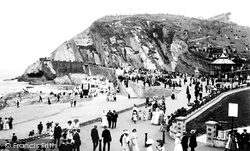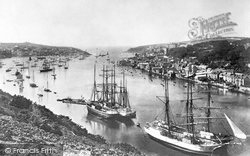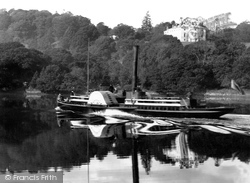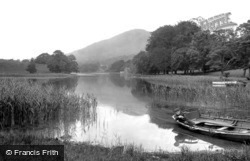Merry Christmas & Happy New Year!
Christmas Deliveries: If you placed an order on or before midday on Friday 19th December for Christmas delivery it was despatched before the Royal Mail or Parcel Force deadline and therefore should be received in time for Christmas. Orders placed after midday on Friday 19th December will be delivered in the New Year.
Please Note: Our offices and factory are now closed until Monday 5th January when we will be pleased to deal with any queries that have arisen during the holiday period.
During the holiday our Gift Cards may still be ordered for any last minute orders and will be sent automatically by email direct to your recipient - see here: Gift Cards
Places
14 places found.
Those places high-lighted have photos. All locations may have maps, books and memories.
- Coates, Lancashire
- Coate, Wiltshire (near Swindon)
- Coates, Lincolnshire
- Coat, Somerset
- Coates, Gloucestershire
- Coates, Nottinghamshire
- Coates, Cambridgeshire
- Coates, Sussex
- Coates, Lothian (near Penicuik)
- Coate, Wiltshire (near Devizes)
- Great Coates, Humberside
- Salt Coates, Cumbria
- Little Coates, Humberside
- North Coates Airfield, Lincolnshire
Photos
49 photos found. Showing results 701 to 49.
Maps
88 maps found.
Books
1 books found. Showing results 841 to 1.
Memories
1,490 memories found. Showing results 351 to 360.
Lock Keeper
My grandfather, Edward Ernest Light, was the lock keeper at Sonning when this photo would have been taken. He was married to Lily and they had 3 sons, Edgar, Harold and Len, and a daugher Evie. Harold was my father and was born in the ...Read more
A memory of Sonning in 1910 by
The Lakes
My grandparents lived in Heathfield Road all during and after the Second World War, my granddad was responsible for looking after the boat house and I think a punt for pulling out drowned swimmers, now all gone, he also looked after the ...Read more
A memory of Keston in 1940 by
The Boating Lake
I grew up in Newquay - and Trenance Boating Lake was a favourite haunt. There were rowing boats, and some motor boats were added at some point. As I was only 5 in 1960, I was restricted to the paddle boats- which were in an adjacent ...Read more
A memory of Newquay by
Remembering The High Street As A Young Child
I remember going into the Prompt Cafe with my parents along the High Street. As a young child, I can recall seeing loads of little mats or coasters on the wall. Yes, I also remember the strong smell of ...Read more
A memory of Beckenham by
Newington Terrace
When I was young in the 1950s I would spend some weeks of my summer vacation at my grandparents' house at 11 Newington Terrace, Elizabeth and Albert Torr. I remember swimming in the river, we would go to the weir and remove some ...Read more
A memory of Craven Arms by
All The Fun Of The Fair
Who remembers the travelling fun fair that came to Blackfield in the 1960s? Did you go to Blackfield Junior school? What about skating on the frozen Gravel pits at Holbury in the winter 1962/3/4 or the Esso Cinema? or the ...Read more
A memory of Holbury in 1960 by
Baldock Hostel
I lived in the hostel in the 1960s and liked the area very much. I was a member of the working man's club, the cinema always had up to date films. The town boasted good pubs, there was plenty of work in nearby Letchworth. I had spells ...Read more
A memory of Baldock by
The Intake Social Club Outings
After the Second World War had finished, and the people were already used to rationing, the Committee members of the Intake Club decided to relieve the hardships on the residents of Intake a little by ...Read more
A memory of Intake in 1948 by
Treorchy
I was born on High Street in Treorchy in 1959 in the house that belonged to my grandparents and that my mother still lives in today! We moved to Stafford in 1962 for work for my Dad but came to visit Treorchy a few times a year. I ...Read more
A memory of Treorchy in 1969 by
Faircross And My Early Teens
I was born in Upney Hospital 1944, my mum and dad lived in Stratton Drive, went to Park Modern School as did my 2 older sisters and my brother. Most of my parents families lived in the same area ie on the so called ...Read more
A memory of Barking in 1958 by
Captions
1,649 captions found. Showing results 841 to 864.
The lake at Crookes Valley Park is in fact one of Sheffield's older reservoirs, converted for use as a boating lake and for fishing.
Whilst the lock alongside is teeming with boats, a small skiff makes its way up the elevator to the upper river level. The sign indicates that this will close at 9pm.
In this beautiful photograph we see the ferry boat setting out across the broad, placid waters of Lake Windermere with two horse-drawn carts on board.
The boat is a disused butty, and makes a fine perch for the anglers. The peace and quiet they are obviously enjoying has gone now: it is shattered by the construction of the M40 motorway close by.
A wonderful evocative scene of people enjoying themselves on the pond; note in particular the boat with a canopy.
This slightly later view looks across what has become the motor launch area of the Bowness boat station.
Small ferry boats are available to take the pedestrians when the tide is in.
In calm weather, the rocky sea front of the outer harbour can be used safely to secure boats before embarkation - a source of interest to people seated along the jetty wall. Mevagissey
Busy with vendors and visitors and strewn with small boats and sailing craft, Southsea's beach is alive with activity in this Victorian photograph.
There is just space to bring a few open fishing boats between the rocks to a slipway at this little cove down by the granite cliffs of Gwennap Head.
The activities of yachts, fishing and rowing boats provide engrossing fascination to bystanders.
The boats on view here are typical of the rowing gigs used before the advent of diesel engines - sturdy and seaworthy, and often with their middle thwarts missing to leave space for the enormous seine
A crowded rowing boat makes its way to the muddy shore.
We are looking inland from boats belonging to crab and lobster fishermen William Williams and his eldest son Bob Orchard Williams towards mill buildings and the Cove Hotel (far left).
On the south bank of the river is the Barley Mow, which is featured in Three Men in a Boat.
By the late 1890s the local fleet comprised 56 boats employing 346 men and boys, landing an annual catch valued at less than £3,000.
Along the southern boundary of Pulborough lies the River Arun, popular with Edwardian fishermen and boating enthusiasts.
A good deal of boat build- ing and repairing used to go on here, but by now the main industry has gone, and the cottages in the area are more likely to be holiday homes.
The only attractions on offer here are boat trips and donkey rides; to the far right, on the water's edge, are a number of wheeled bathing machines.
Children playing on boats and beach evoke a scene typical of the fascination of British people with maritime matters from an early age.
Today, the harbour is used by fishing boats, and in summer the 'Oldenburg' ferries visitors to Lundy.
Many of the sailing boats and a steam yacht are dressed overall with flags, suggesting that it is regatta time.
Sharpham Point and nearby Bass Rock were important fishing spots - Stoke Gabriel, on the opposite shore, had twenty salmon boats working at the end of the 19th century.
A small boy in a rowing boat gazes at his reflection in the waters of Windermere in this summer photograph.
Places (14)
Photos (49)
Memories (1490)
Books (1)
Maps (88)

